Electric Cars market boosting the demand for base metals
Intro
Logical level up, but also very important fact to be aware of: Electric vehicles market is boosting growth, the new technologies are entering the big door everywhere.

Firstly, the use of batteries is pushing base metals demand from across the sea. South32, australian-based miner buoyed by an 8-fold leap in annual profit.
Secondly, mining and metal producing companies are very inspired with current situation. Their profits are doubtlessly rising.
South 32’s position
Following, South 32 is a base metal and coal mining company. It has wide exposure to aluminium and nickel. Now, their Cannington mine in Australia enters the list of world’s largest sources of nickel, silver and lead.
“If you look at the metals we produce, they are either used in renewables or battery technology.” (South32 CEO)
“We are looking to add more base metals exposure to the group… We do see battery technology having an impact over time.”
Company’s profit
“South32 posted fiscal 2017 underlying profit of $1.15 billion, up from $138 million the previous year.” (Source – Reuters)
Glencore’s position
Thirdly, Glencore CEO Ivan Glasenberg also frequently said that the coming large-scale usage of electric vehicles and energy storage systems will definitely unlock consequential new sources of demand for copper, cobalt, zinc and nickel.
 This electric vehicles phenomena is influencing the world’s largest miner BHP to invest heavily in its nickel business.
This electric vehicles phenomena is influencing the world’s largest miner BHP to invest heavily in its nickel business.
“While South32 was prepared to supply a host of metals used in making batteries for electric vehicles and other systems, it sees overcapacity in lithium, the driving component of the burgeoning lithium-ion battery technology.” (Reuters)
By Morgan Stanley’s forecast the use of electric cars is going to rise to the immense number of 99 million new vehicles in 2020!
Consequences and market Influence

Having in mind that the electric vehicles are our close future.. and that the environmental development depends on this… We should be aware that the consequences of these changes will push the demand for the base metals up, and in case nothing serious changes in world’s macroeconomic movements in recent months/years; the nickel, zinc and lead traders will witness very bright outcomes.

In conclusion, as South32’s promise explains:
“Our purpose is to make a difference by developing natural resources. Improving people’s lives now and for generations to come. Owners trust us and partners realise the potential of their resources.”
For further info on this subject visit: https://www.south32.net





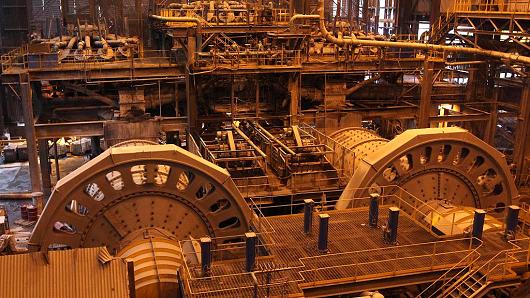






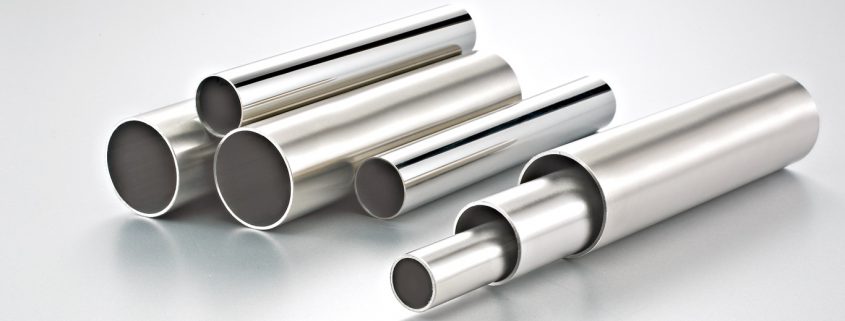


 Observing the copper prices and their movement, we also notice the important inclines. From may’s high of about 5786, to august’s high of 6596. Freeport power plant in Indonesia was currently hardly affected by floods taking place there. Due to these floods, one of the workers is missing.
Observing the copper prices and their movement, we also notice the important inclines. From may’s high of about 5786, to august’s high of 6596. Freeport power plant in Indonesia was currently hardly affected by floods taking place there. Due to these floods, one of the workers is missing.
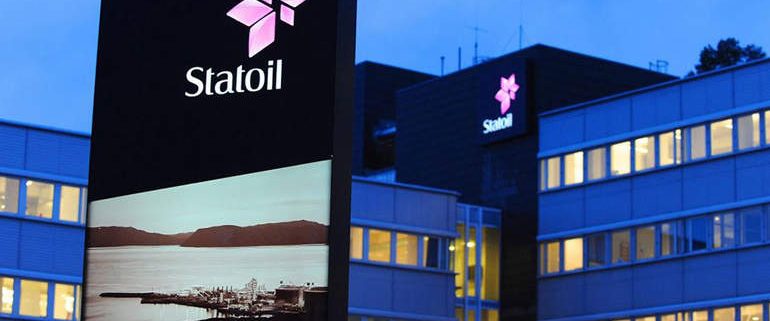


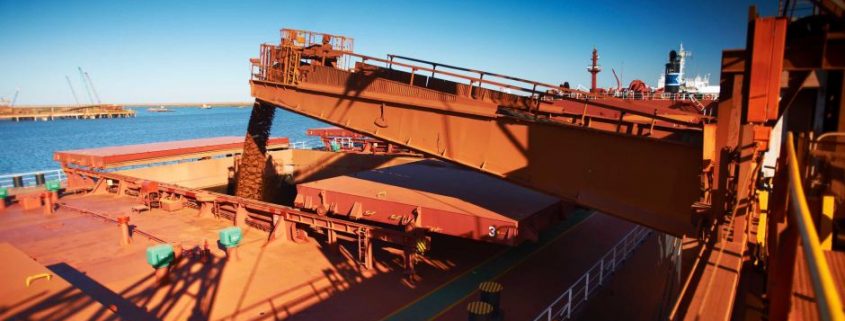

 Miners will accept the proposal only if they benefit substantially.
Miners will accept the proposal only if they benefit substantially.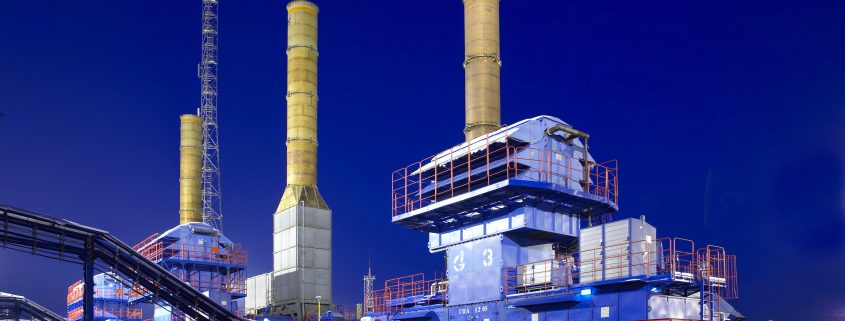

 The EU executive is not likely to bow to pressure from Gazprom’s foes and scrap the deal, underlying the thaw in business ties between the bloc and Russia despite tensions over Ukraine and Syria.
The EU executive is not likely to bow to pressure from Gazprom’s foes and scrap the deal, underlying the thaw in business ties between the bloc and Russia despite tensions over Ukraine and Syria.
 U.S. benchmark cut the losses to fewer than 2%. Observing the first 4 days of the week it was slightly oscillating, then it plummeted for 4.8% on Thursday.
U.S. benchmark cut the losses to fewer than 2%. Observing the first 4 days of the week it was slightly oscillating, then it plummeted for 4.8% on Thursday.
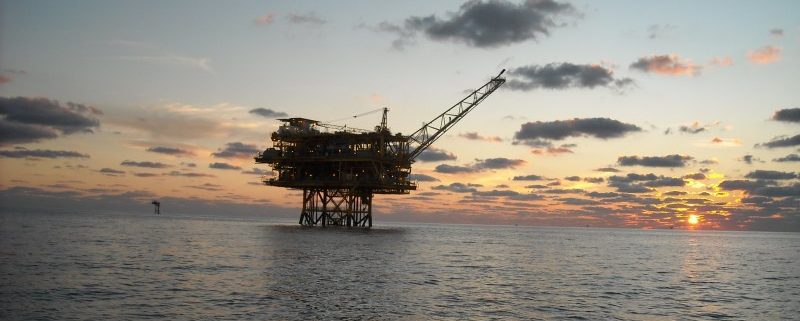
 After a while, they went into a bruising fight. Now, finally, they are talking, although with opposing agendas.
After a while, they went into a bruising fight. Now, finally, they are talking, although with opposing agendas. After what happened, OPEC is preparing a trip for its officials. Aiming to visit Texas in order to check if it is possible for two industries to co-exist. Because if some new co-existing spirit is suffocated, the major future fights are near.
After what happened, OPEC is preparing a trip for its officials. Aiming to visit Texas in order to check if it is possible for two industries to co-exist. Because if some new co-existing spirit is suffocated, the major future fights are near.
